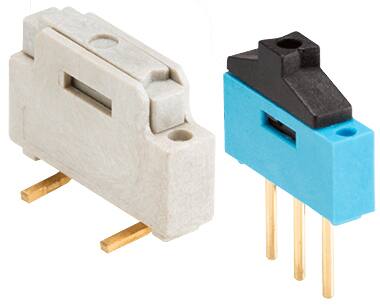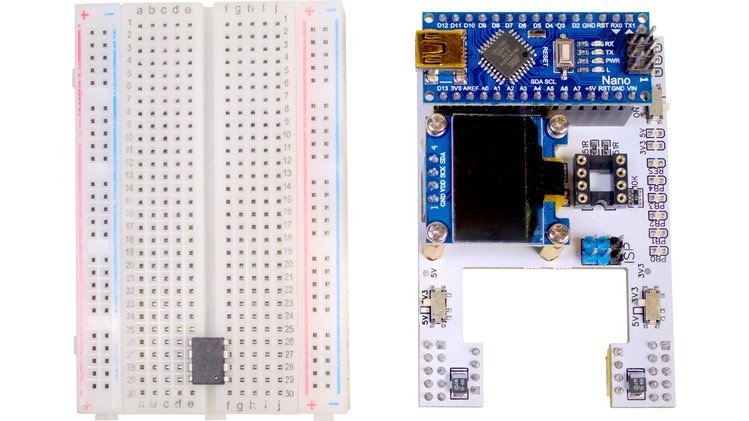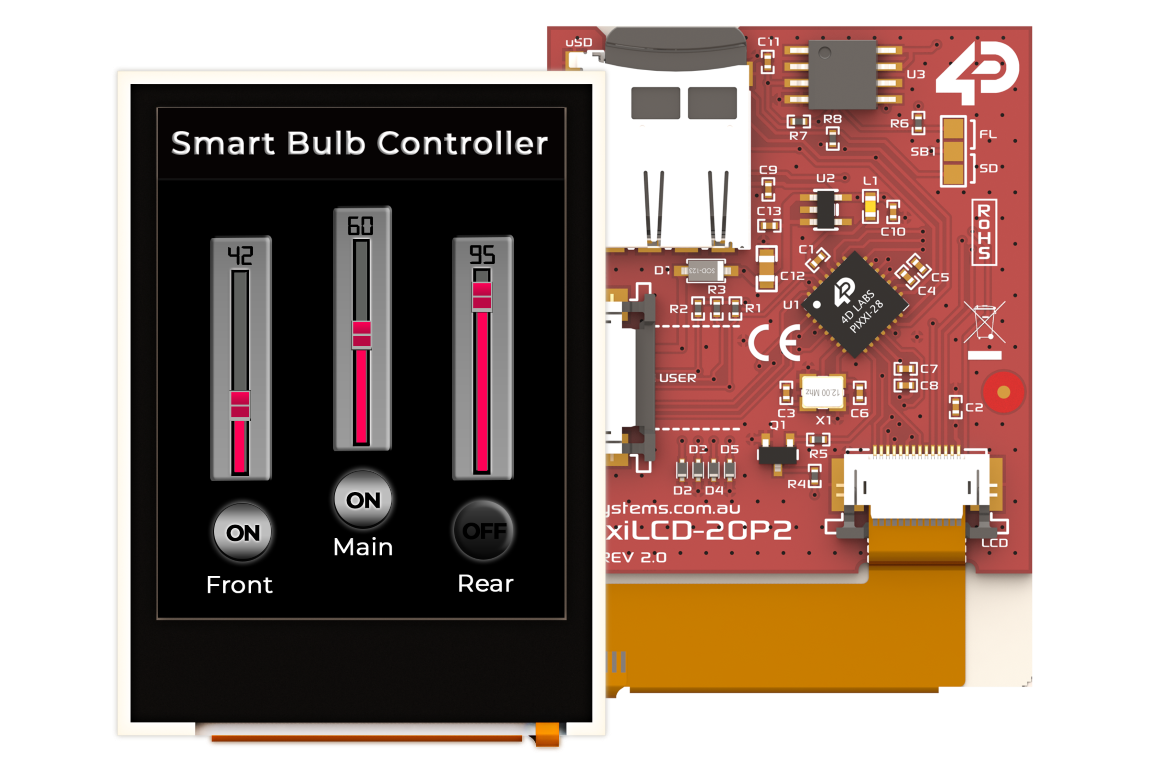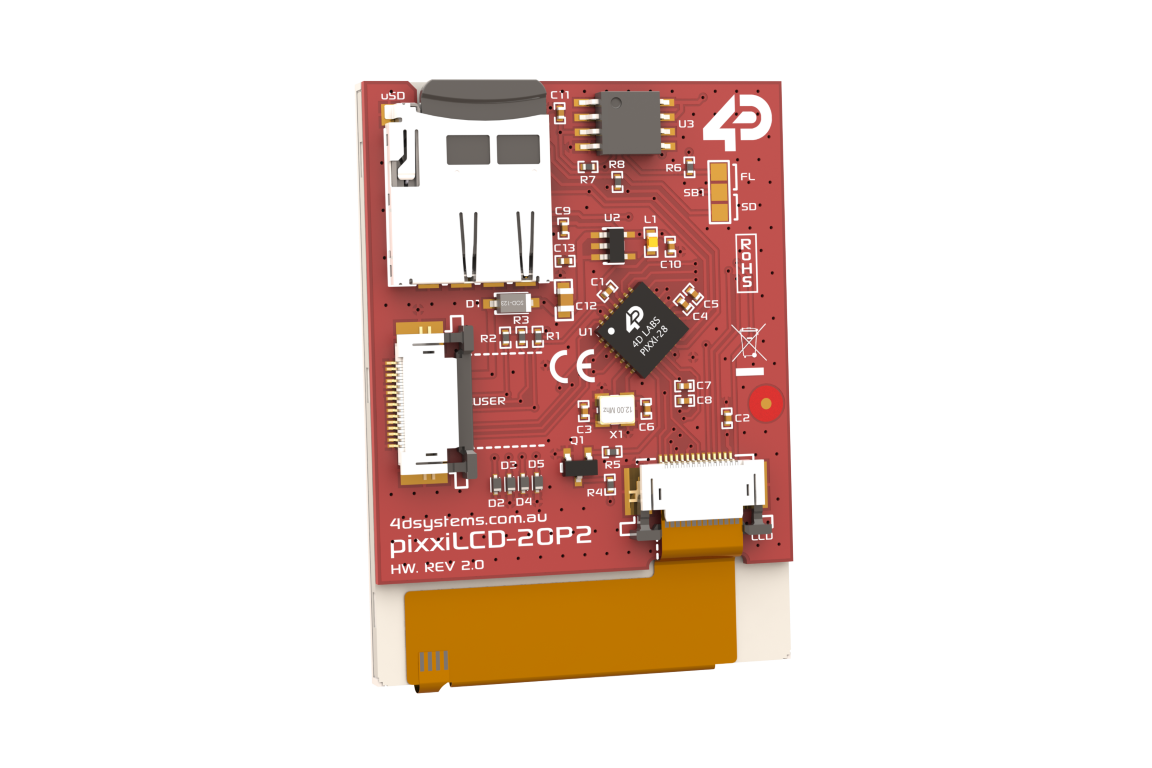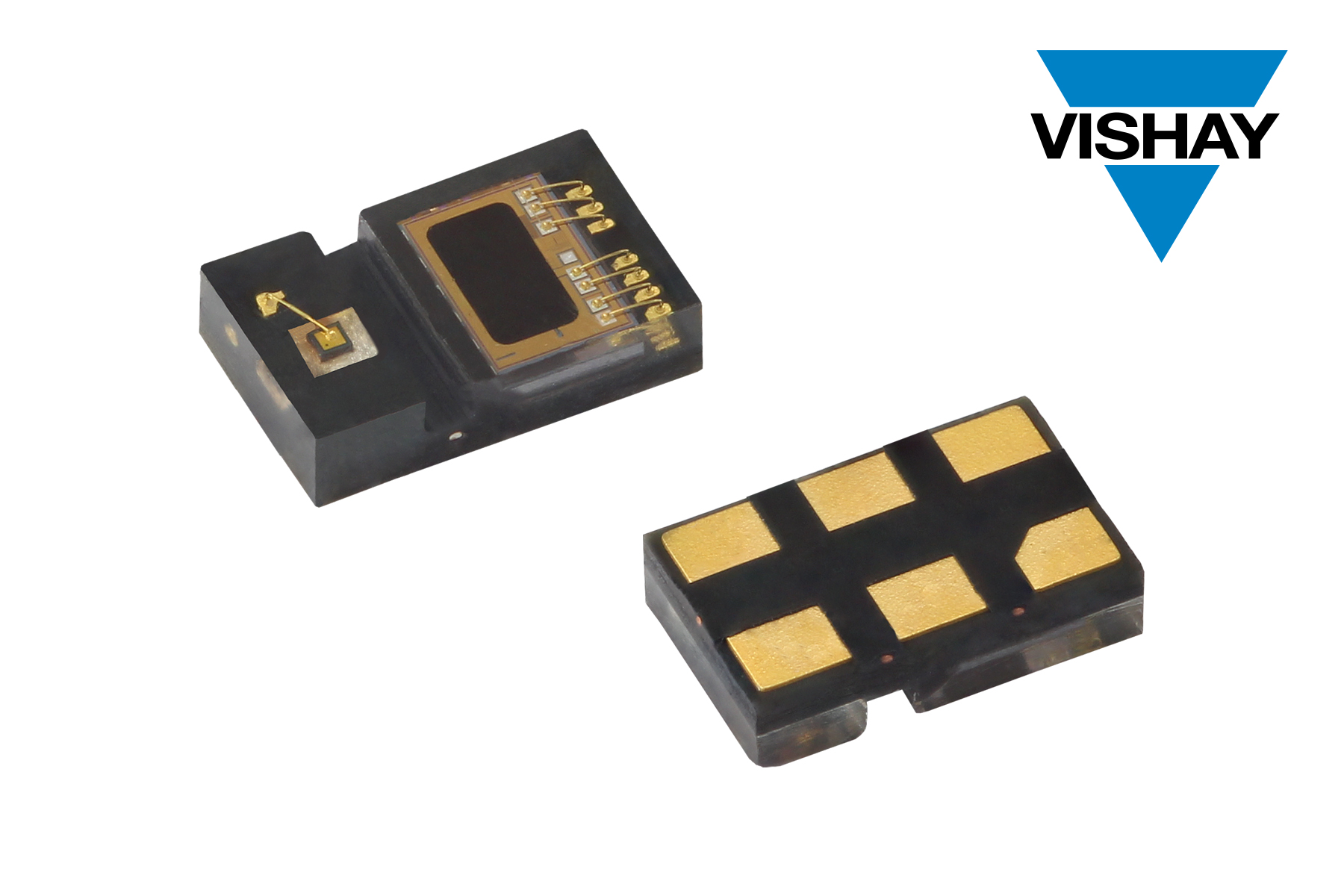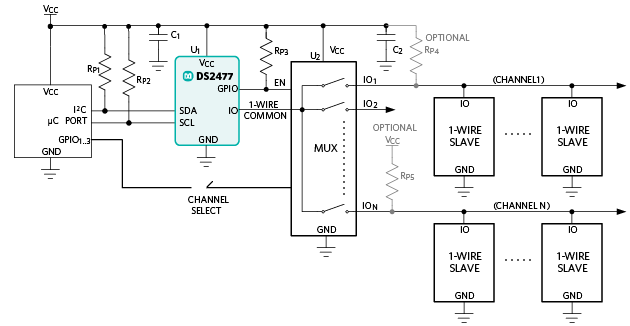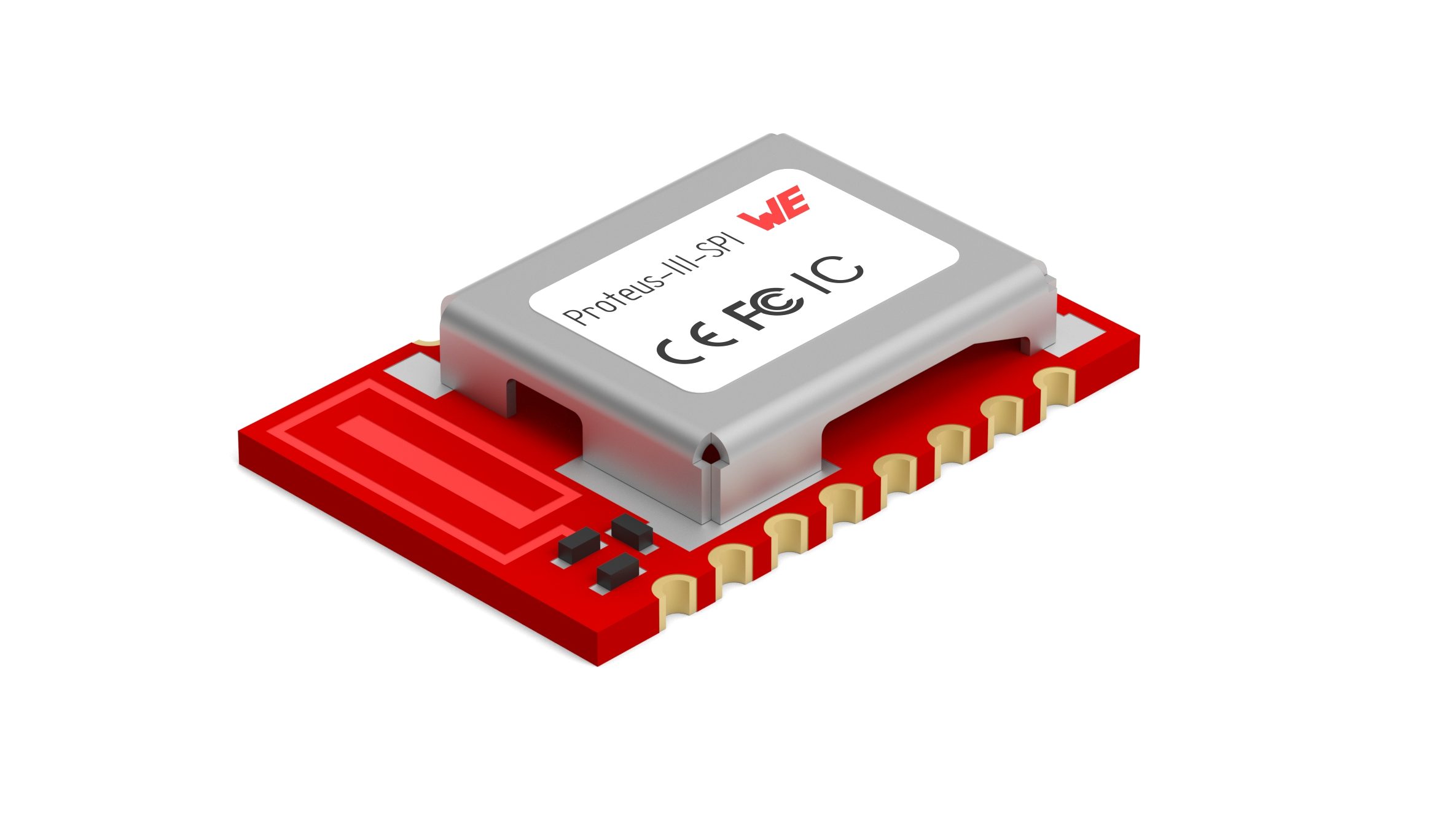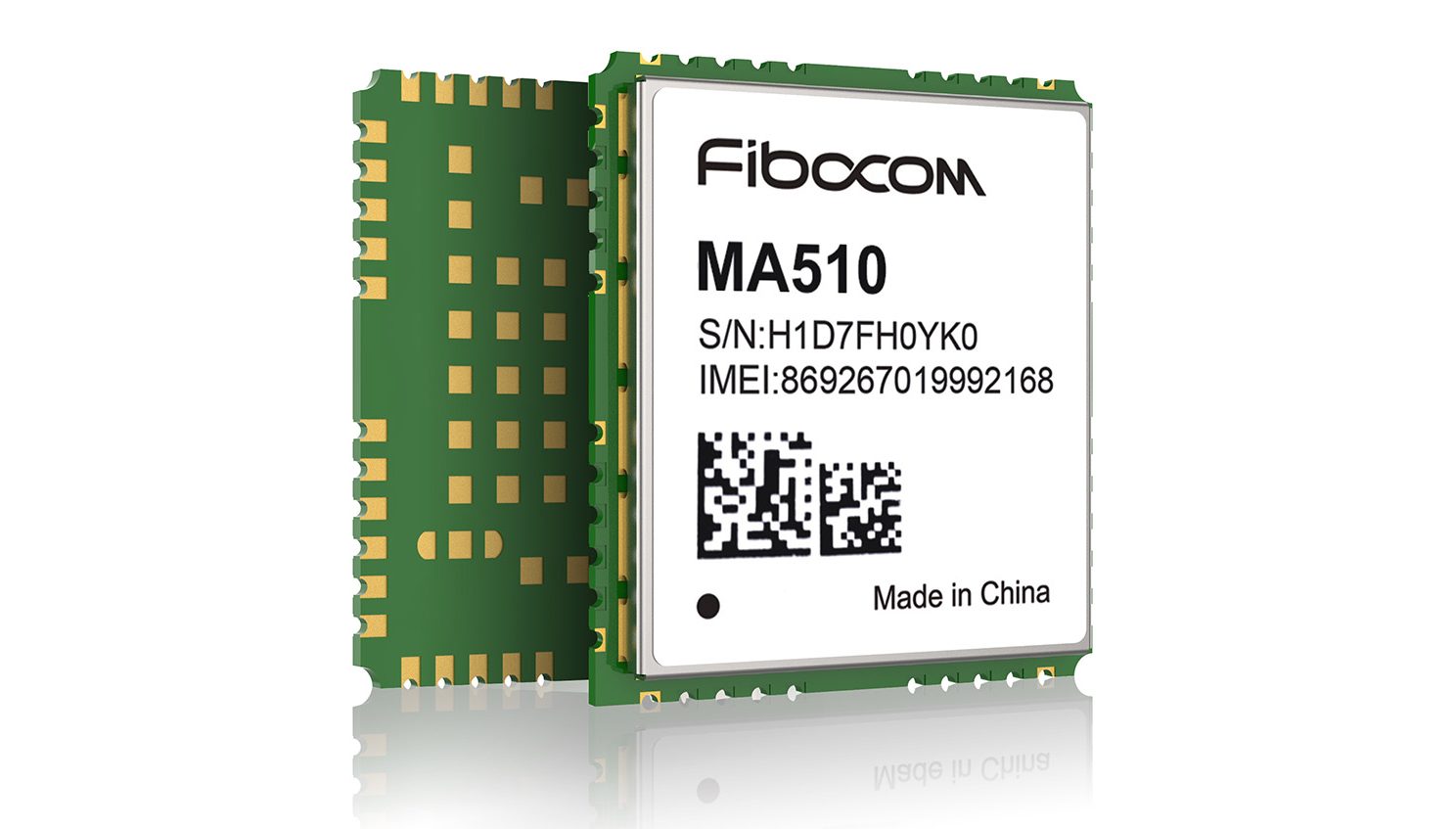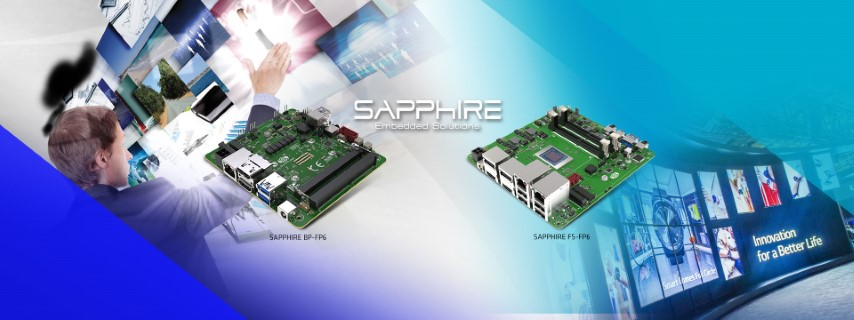
SAPPHIRE Technology announced a new series of embedded motherboards, which are powered by the latest high-performance AMD Ryzen™ Embedded V2000 processor family built on 7nm process technology, ‘Zen 2’ cores, and high-performance AMD Radeon™ graphics. Called the SAPPHIRE V2000 BP-FP6 and FS-FP6, these embedded motherboards support multiple independent displays in 4K resolution with a stable balance of low power consumption and exceptional performance for the embedded markets. The FS-FP6 Mini-STX board is aimed at electronic gaming machines, medical imaging, interactive digital signage, thin clients, and POS terminals, while the NUC-style BP-FP6 is aimed at mini-PC, kiosk, medical imaging, and interactive signage.
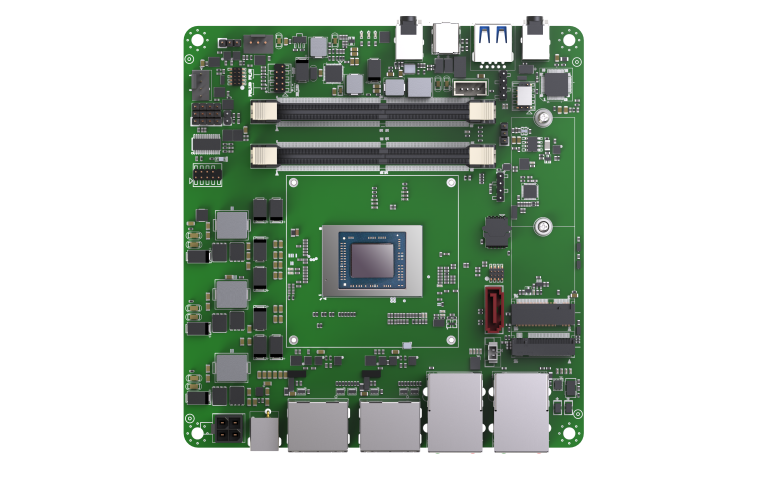
The SAPPHIRE V2000 FS-FP6 5”x 5” (mini-STX) motherboard supports up to four independent 4K displays. Designed for the latest AMD Ryzen™ V2000 FP6 Family APUs with Vega GPU graphics combined with the 6/8-core high-performance “Zen2” CPU, the V2000 FS-FP6 supports up to 64GB dual-channel DDR4-3200 memory, dual Ethernet controllers, M.2 for WiFi and SSD expansion. Its external I/O connectivity includes four DisplayPort 1.4, One USB 3.1 Type-C port, One USB 3.1 Gen 2 port and four USB 2.0 ports. The board enables a TPM 2.0 chip and a chassis intrusion alert feature for security. The board also offers 12-19V inputs and dual power headers in parallel.
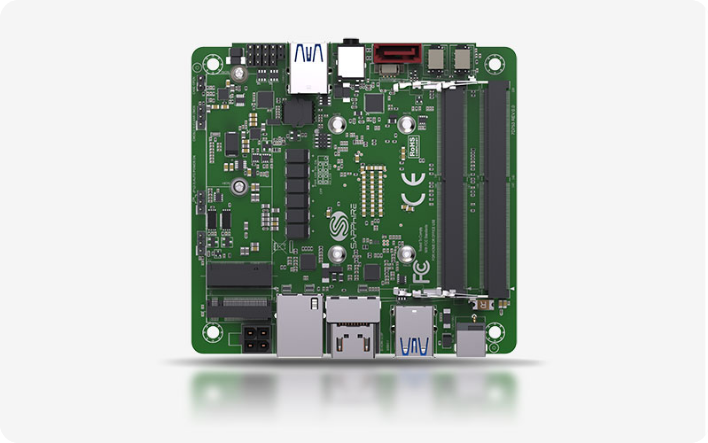
The 4”x4” form factor SAPPHIRE V2000 BP-FP6 board is suitable for small form factor, high resolution visual embedded applications. The V2000 BP-FP6 supports up to two 4K displays as well as 64GB dual-channel DDR4-3200 memory, one Gigabit Ethernet port and M.2 for WiFi and SSD expansion. It also offers two HDMI 2.1 with four USB 3.1 ports delivers rich I/O connectivity. The board also enables a TPM 2.0 chip, and a chassis intrusion alert feature for security, as well as 12-19V inputs and dual power headers in parallel.
About AMD Ryzen Embedded products, Paul Smith, senior director of Business Development for Embedded Products at SAPPHIRE says “The AMD Ryzen Embedded products have been an excellent choice for us building platforms with leading performance and features. The V2000 series sets a new standard for embedded designs and allows us to offer the performance to support four independent displays in 4K resolution, while maintaining a secure host connection. We are excited to bring the embedded industry the performance and features from the Ryzen Embedded V2000 series with our new 4×4 and 5×5 motherboards and a Simply NUC mini-PC which is coming soon.”
There is no pricing or availability information right now for the FS-FP6 and BP-FP6. You can find more information on Sapphire’s announcement page, and the FS-FP6 and BP-FP6 product pages.


